Changing the way we think about ecocities
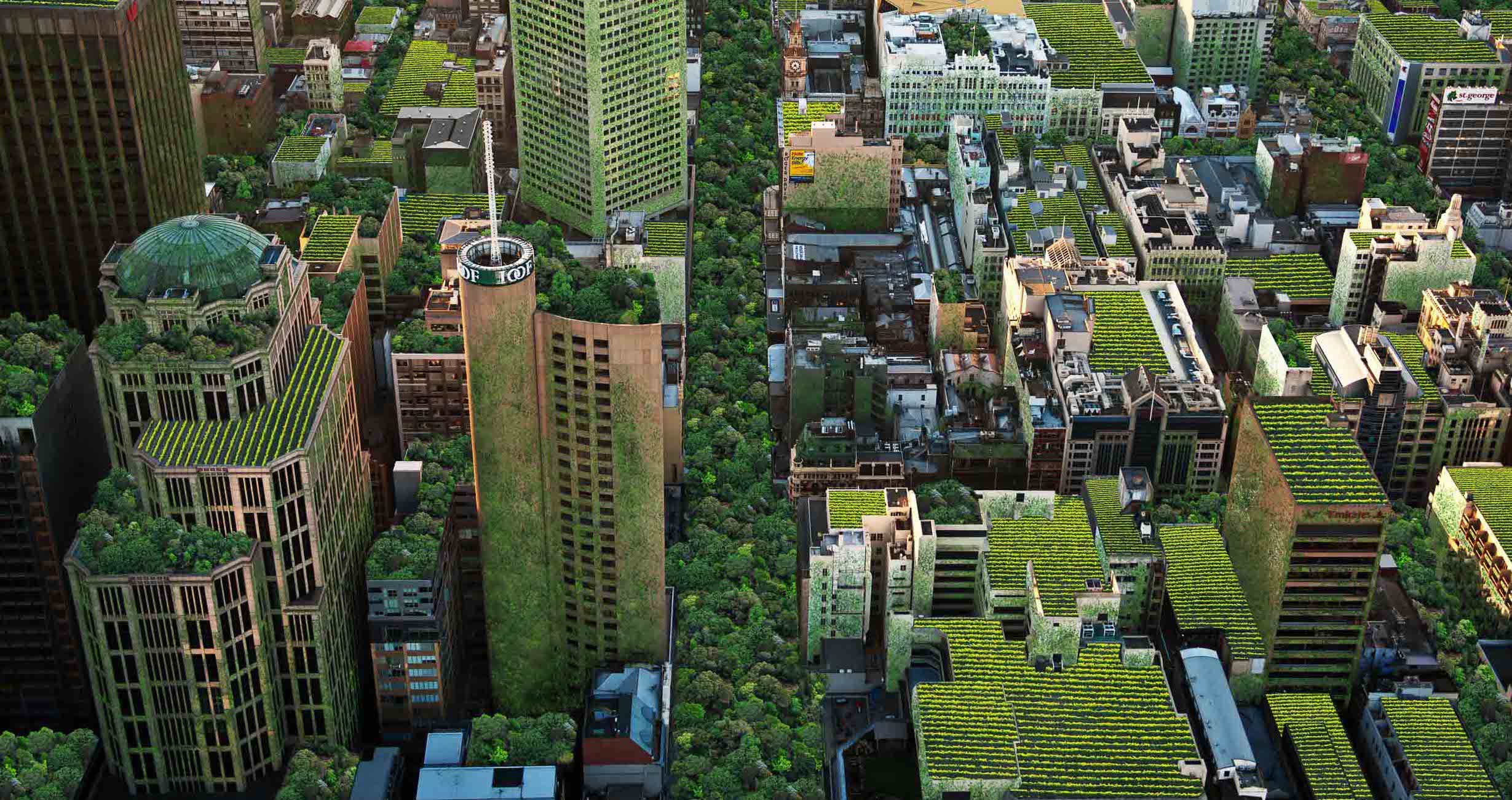
The way we understand ecocities needs radical change in order to ensure a sustainable future, akin to our ancestors realising the earth was round
Published 14 July 2017
To understand the concept of an ecocity it’s necessary to understand how it differs from a traditional city. An ecocity is one that is built with a clear comprehension of the principles of ecology and the environment, that are then incorporated into its design and functions. But importantly, it’s the ecological thinking that can change the way those who live in them think about conservation, ecological healing and their own contribution.
Ecocities include all aspects of the city from its urban structure and design, its transport systems, as well as its energy, water, waste, money, data, ideas, history and its socio-economic potential. But it’s the people who live in the city that are critical to its success and, in fact, its greatest resource. If you have people love and care for their place, it will foster custodianship, engagement and all sorts of innovative ways to make a city even greater.
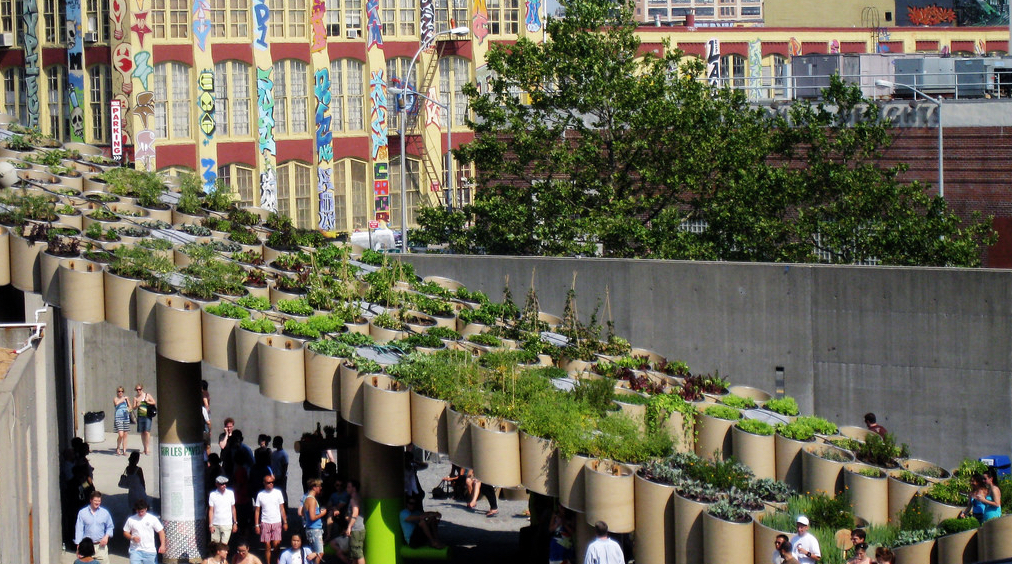
Moving the ecocity beyond a concept
The concept of the ecocity is relatively new in urban design terms. Its origins can be traced throughout planning and city making – and the concept itself has had many midwives along the way.
In 1898, Britain’s Sir Ebenezer Howard founded the garden city movement which planned self-contained communities surrounded by greenbelts. In 1938, American philosopher Lewis Mumford went further, emphasising what he saw as the organic relationship between people and their living spaces.
The list of contributors to the concept goes on; Ian McHarg, Jane Jacobs, Rachel Carson and the Club of Rome’s Limits to Growth have had significant roles. The idea started to be formalised in 1987 when Richard Register published the book EcoCity Berkeley and initiated the journal The Urban Ecologist. Several years later, David Engwicht penned Towards An EcoCity, and in the early 1990s, the EcoCity summits began.
All of these designers, philosophers, scientists and researchers have influenced the ecocity’s current direction. And yet, despite all of this work there is still not an agreed definition; just a goal, to create ecologically friendly developments for communities.
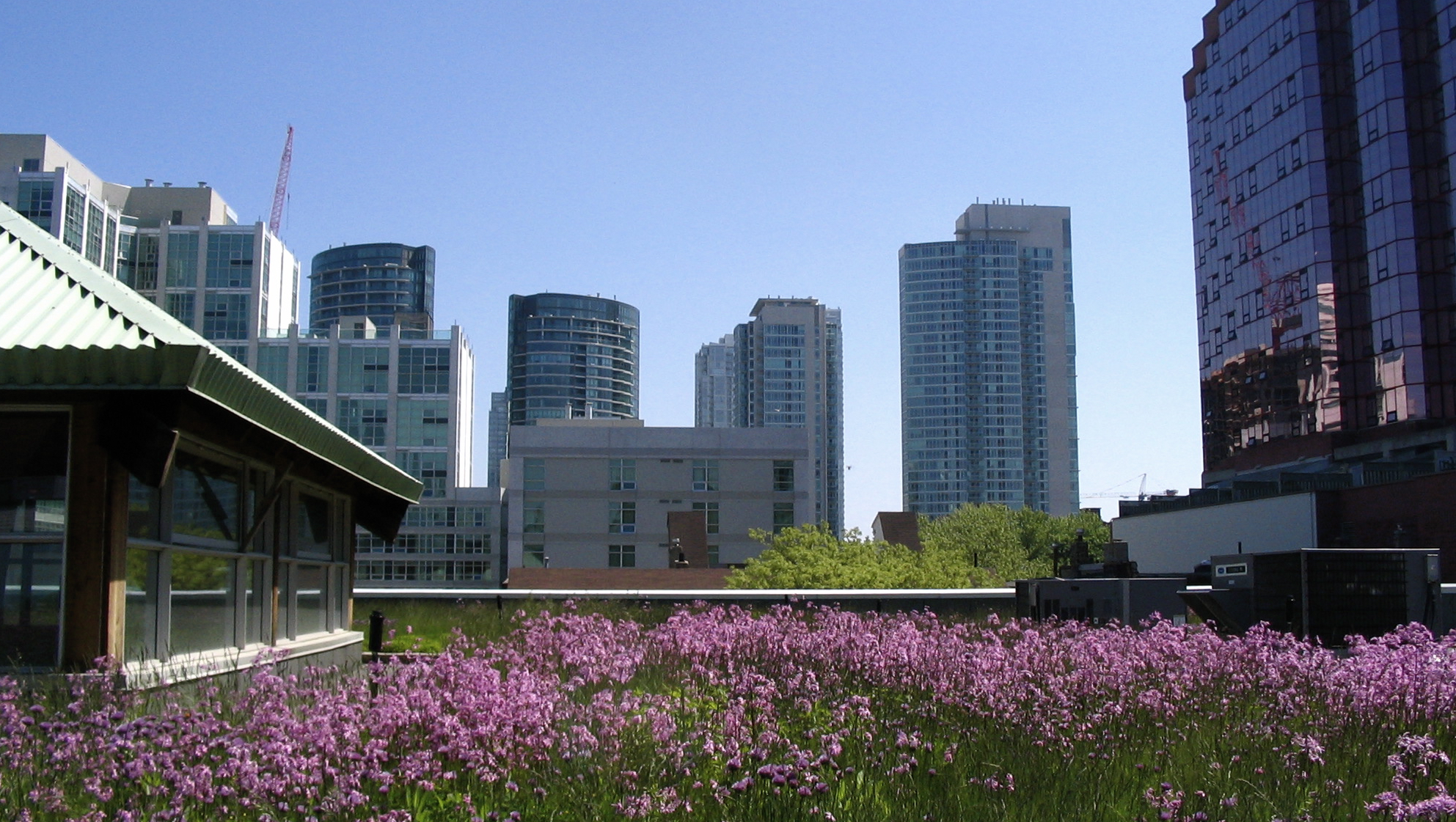
But the term ‘ecocity’ itself can be a misnomer as it cannot be applied to one particular urban form. This is because each and every place is unique – its geography, its hydrology, its history, its ecosystems and its climate – making it difficult to have a single typology or model of the ecocity. A design needs to respond to the place and be as unique as that place. So what drives the design and development, and retrofit of current cities, is the narrative around what an ecocity is.
The EcoCity World Summit has the following definition:
The eco-city is an ecological city: a city built from the principles of living within environment means, with the high level principles: Ecology: Cities should have a deep and integrated relationship with nature. Economics: Cities should be based on an economy organized around social needs. Politics: Cities should have an enhanced emphasis on engaged and negotiated civic involvement. Culture: Cities should actively develop ongoing processes for dealing with the uncomfortable intersections of identity and difference, including the current tension between culture and nature.
Based on the EcoCity World Summit’s Principles for Better Cities the above are expanded on and affirm what an ecocity should embody.
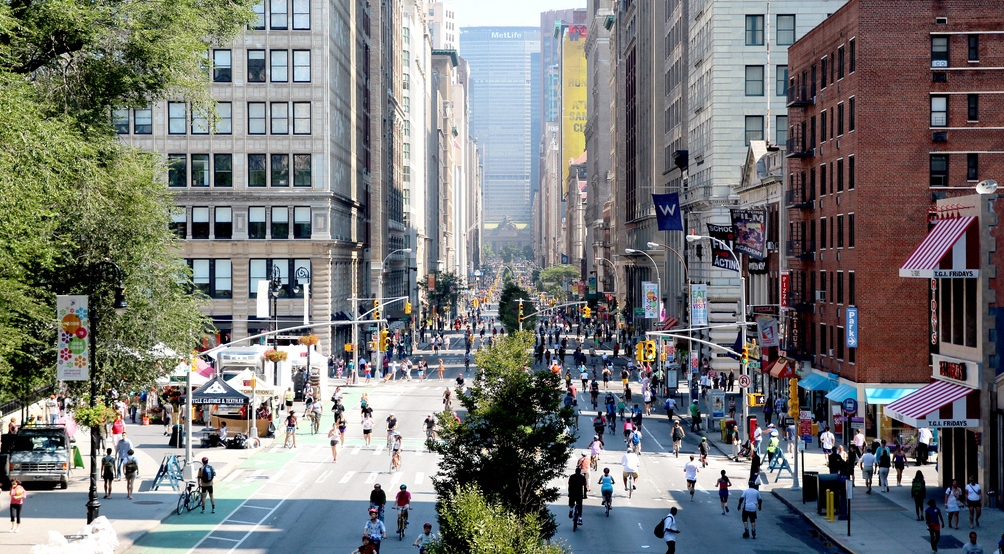
The mindset to create an ecocity
If we describe the current thinking that got us into an unsustainable, ultimately annihilating, spiral of social and ecological degradation, as flat earth thinking; then the round earth thinking is the ‘a-ha’ moment when we see how the past approaches are not working and look for a new framework on which to base our decisions.
The ecocity research and principles hint at this, revealed by their call to work from an understanding of the ecology of place, to inform city design.
But in terms of the current vision of the ecocity, our goals need to be much higher: we can do better than minimising our footprint, we can create a positive one. We can do better than zero carbon and become positive. We can do better than protecting biodiversity, we can create greater diversity. We can do better than ‘living on a finite planet’ though true, energy is not finite, ideas are not finite, and many things we have contributed to the world through our cities add capacity and are not finite.
To do this, we need to shift our language from problem solving to potential creation through celebration and building on what already works.

Sustaining a new mindset
Our recent research on regenerative development and its application has pointed to the need to shift our mindset. This shift is backed by many leading thinkers. This is a world view that is ecological, living or whole-of-systems based; a world view that is about benefit creation.
This is the round earth mindset of the the 21st century.
This way of thinking focuses on collaboration not competition, integration not separation or segregation, about the contribution to the vitality, viability and potential of people and natural systems, not its consumption. It’s radical, yet it has the potential for an innovation explosion; just as the realisation the earth was not flat and was not the centre of the universe sparked a change in thinking.
The aim of this new mindset is to shift design from the solving of problems to creation of potential through the creative synthesis that brings together all the parts and creates a greater whole.
It is design based on the key question: how can we best add value, create benefit and contribute to all people and systems on earth?
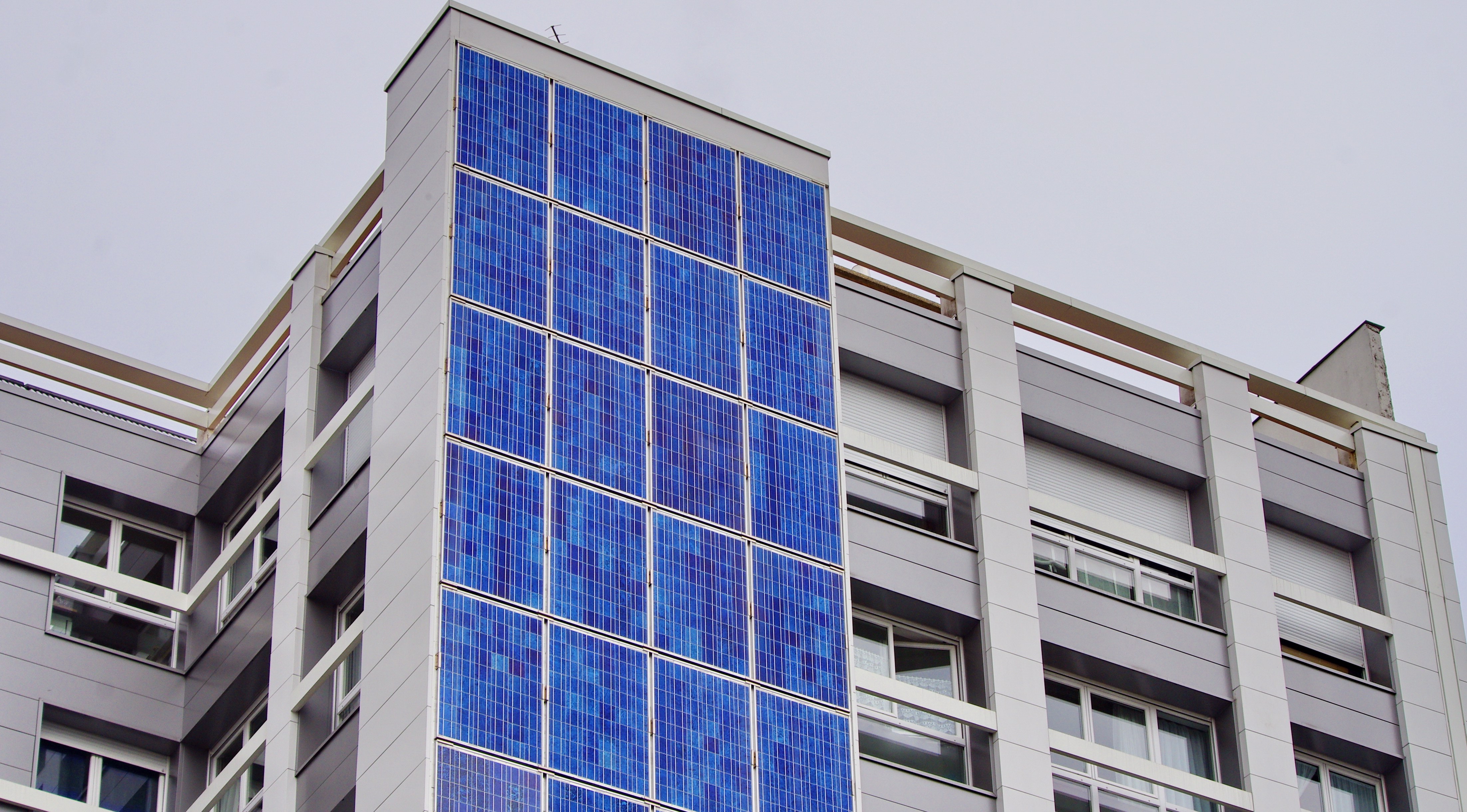
Cities hold the greatest potential for creating the benefit as they are a concentration of people, resources, money, innovation and diversity. Therefore, the ecocity, to achieve its aims and more, needs to start to develop tools and approaches within this new mindset to ensure future generations are better off.
The ecocity in practice
Regenerative development is “a whole systems approach that partners people and their places, working to make both people and nature stronger, more vibrant, and more resilient”. It brings together three steps that are worth considering in the development of an ecocity with an ecological world view.
The first is understanding the flows that work through a system that bring it to life. We then need design solutions that create multiple, mutual benefits between these flows by focusing on creating relationships, and finally, do all of this in context of the surrounding environment to ensure its relevance, resilience and ability to adapt.
But this is not just about improving production, more efficient processes, more environmentally friendly materials, elimination of waste, creation of green spaces or urban agriculture; it is also about the meaningful engagement of everyone involved in the understanding of the issues and the design for the potential of their place.
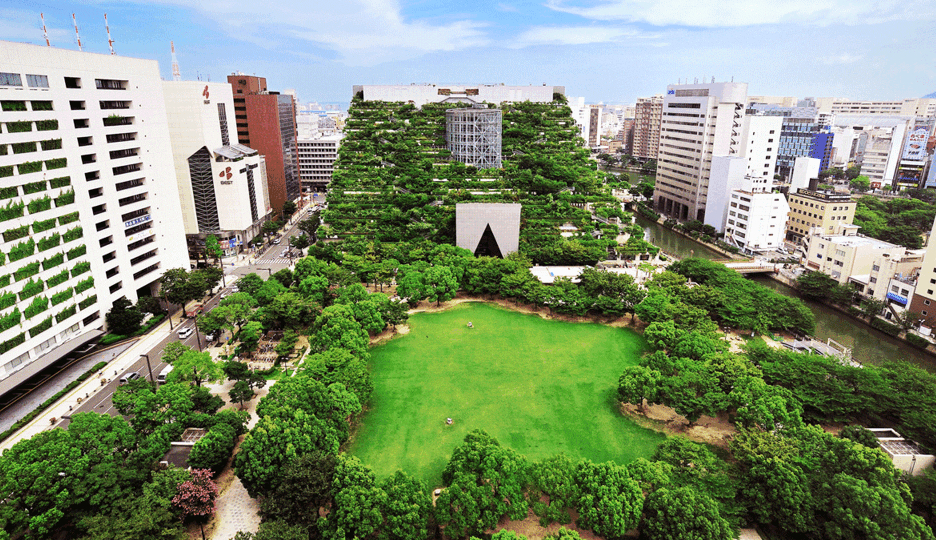
These are the two key contributions of regenerative development: the first is about creating capacity towards increased vitality and viability; and secondly, it is as much about focusing on hearts, minds and spirit as it is about the technical and physical stuff. This means creating an irresistible narrative of a city.
Therefore, it’s community engagement and participation that is integral to the development of the ecocity.
Firstly, to build a shared vision that integrates common values while respecting different viewpoints. Secondly, we need to build the “capability and field of commitment” that enables everyone involved to act as both co-designers and future stewards. And thirdly, to stimulate the ongoing development and transformation of the community itself.
The positive thriving future that is possible for cities is not about a few heroes or governments fixing the problem, it is about everyone being empowered to co-create their future place.
Banner: Urban Forest/Anton Malishev
